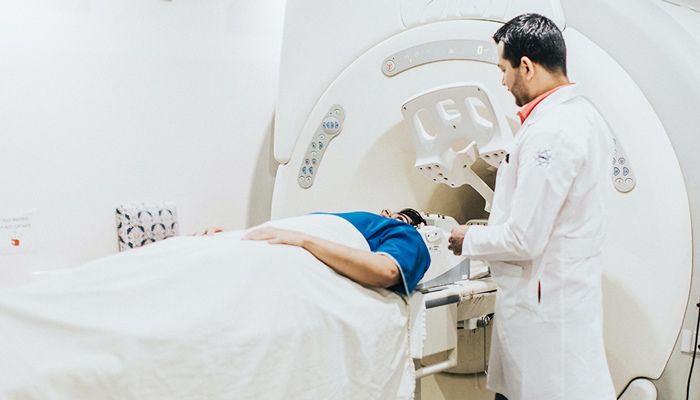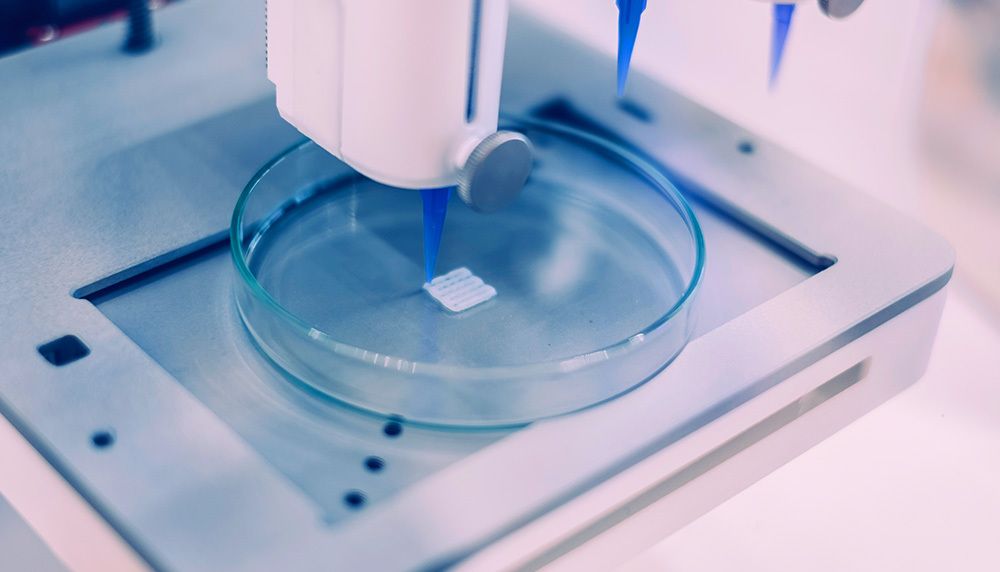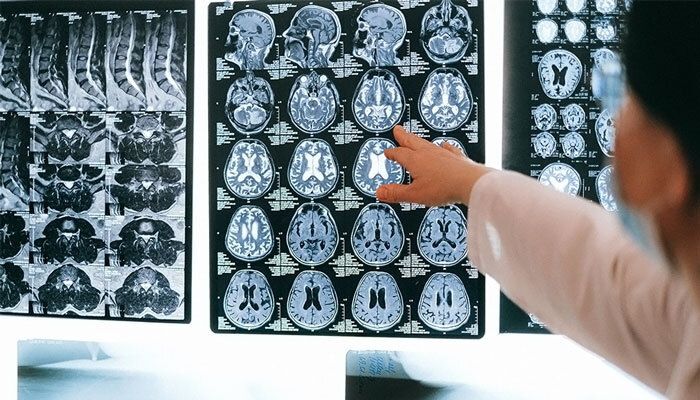In today's rapidly advancing technological landscape, 3D technology continues to evolve, pushing the boundaries of what is possible in terms of medical treatment, creativity, realism, and practical application. From design and entertainment to healthcare and engineering, the fusion of these technologies shapes a diverse and exciting landscape of 3D modeling possibilities.
The process of 3D medical imaging involves the acquisition, reconstruction, and representation of three-dimensional objects of the human body for diagnostic, planning, and research purposes. The 3D technology in medical imaging adheres to several key tenets to ensure accuracy, safety, and clinical relevance. These technologies span across various stages of the 3D modeling process, each contributing to the final result.
3D Imaging
3D imaging refers to the process of capturing, creating, and displaying three-dimensional visual representations of objects or scenes. It involves techniques and technologies that provide depth perception and spatial information, going beyond the limitations of traditional 2D images. 3D imaging has applications in various fields, including entertainment, medicine, manufacturing, archaeology, and more. Here's a brief insight into the world of 3D imaging:
- 3D Photography
- 3D Scanning
- Medical 3D Imaging
- AR and VR
- Computer graphics and Animation
How 3D Technology Is Shaping the Future of Medical Imaging?

Imagine a world where doctors possess magical windows into the human body, where they can explore the intricate segments hidden beneath our skin. That's where 3D medical imaging works. In fact, it delivers a captivating fusion of technology and compassion that allows us to visualize the human form in breathtaking detail.
In the hands of skilled medical professionals, these images become more than just data points. They become a canvas where diseases are revealed, where ailments are diagnosed, and where treatment plans are meticulously crafted. 3D imaging puts a straightforward focus on how diseases progress, how organs function, and how intervention of 3D technology in patient care transforms the overall healthcare service.
3D technology invites us to deepen our learning. It's important to understand that behind every scan, every image, and every diagnosis, there beats a heart that cares, beats, and seeks to heal.
Early Detection
Early detection through 3D medical imaging diagnostics services is a beacon of hope, offering the potential to catch health issues at their most manageable stages. When a person undergoes routine medical imaging, such as a CT scan or an MRI. These machines, equipped with 3D imaging capabilities, delve deep into the body's intricate landscapes, capturing detailed snapshots of internal structures.
These images are then transformed into three-dimensional renderings, offering a holistic view of what lies beneath the skin. Tiny anomalies that might signal the beginning stages of disease stand out against the backdrop of health. These changes might be the early whispers of conditions like cancer, cardiovascular diseases, neurological disorders, and more.

A Tailored Approach to Patient Care
The power of 3D technology and virtual reality in healthcare sectors provides the opportunity to address health concerns before they escalate into something more challenging. It's a chance to take control of one's health journey for a better future.
The application of 3D medical imaging extends to a wide range of medical disciplines, including radiology, surgery, oncology, cardiology, and orthopedics. By adhering to these principles, medical professionals can leverage the power of 3D visualization to improve patient outcomes and advance medical research.
Improved health outcomes
3D imaging provides a comprehensive view of a patient's anatomy, allowing healthcare professionals to create personalized treatment plans. Some of the key areas include:
- Real-time 3D images enable patients to understand their conditions and the proposed treatments.
- There's accurate tracking of treatment progress over time, enabling healthcare providers to adjust therapies.
- The technology fosters medical research by providing detailed data in the areas of disease progression, treatment effectiveness, and patient outcomes.
- Minimizing damage to healthy tissues and enhancing the effectiveness of treatments.
3D imaging transforms healthcare into a more personalized, precise, and patient-centric realm. It's a cornerstone of modern medicine that contributes significantly to improved patient health outcomes.
3D Imaging and Beyond

In a nutshell, 3D technology and virtual reality in healthcare services have completely revolutionized the medical field by transcending traditional diagnostic and treatment methods. You must understand that it has a greater impact on shaping the present and future of healthcare in remarkable ways. Some of the key areas include,
- Telemedicine and remote care
- Artificial intelligence integration
- Virtual reality surgical training
- Robotic surgery
- Regenerative medicine and 3D printing
- Non-invasive diagnostics and more
Radiation Dose Optimization
Radiation dose optimization aims to cut down the amount of ionizing radiation exposure when maintaining diagnostic image quality. This ensures patient safety while still obtaining accurate and clinically relevant information. The 3D technology for Radiation Dose Optimization process involves several strategies to strike a balance between diagnostic efficacy and radiation risk.
International organizations including the International Commission on Radiological Protection (ICRP) and the American College of Radiology (ACR), provide guidelines and recommendations for radiation dose optimization in medical imaging. The 3D medical imaging involves a multidisciplinary approach that combines technological advancements, clinical expertise, regulatory compliance, and a commitment to patient safety.
Enhanced Image Quality

Enhanced image quality in 3D medical imaging diagnostics is of paramount significance as it directly influences the accuracy of diagnoses, treatment planning, and patient outcomes. The quality of the images generated through these advanced techniques can profoundly impact medical decisions and contribute to improved healthcare.
With a clear and more detailed view of anatomical structures and potential abnormalities, this precision allows for more accurate and confident diagnoses of different medical conditions. High-quality 3D medical images can reveal subtle changes and abnormalities that might be missed with traditional imaging methods.
Imaging Informatics
Imaging informatics refers to the integration of information technology, data management, and communication systems to enhance the acquisition, storage, analysis, and distribution of 3D medical images. It involves the use of advanced software, hardware, and processes to effectively manage the vast amount of data generated by modern medical imaging technologies. Imaging informatics plays a crucial role in optimizing workflows, improving patient care, and advancing medical research.
Cyber security and privacy
Protecting patient information and ensuring the security of 3D medical imaging systems are paramount to maintaining trust, compliance with regulations, and the overall integrity of healthcare services. In the realm of 3D medical imaging, cybersecurity, and privacy are critical factors. Companies implement strict access controls with multi-layer authentication; as a result, this cuts the chance of any vulnerability.
3D Medical Imaging: In Closing
With 3D technology in medical imaging, there has been a transformative leap in the healthcare industry. Utilizing cutting-edge technology, it provides a window into the intricate landscape within the human form. However, one should also keep in mind that 3D medical imaging is not limited to diagnosis alone. It is more about focusing on advancing medical research with deeper insight into health conditions.
3D Modeling Services

While 3D modeling services are slowly transforming the healthcare industry. It also encompasses a wide range of industries and applications. Here are key areas where 3D modeling service plays a significant role.
- Engineering and architecture
- Education and training
- Interior design and real estate
- Advertising and marketing and more
Conclusion
The advent of 3D technology in the medical field is not just an innovation; it's a revolutionary step forward in patient care and medical diagnostics. From enhanced image quality to customized treatments, the integration of 3D medical imaging is shaping the future of healthcare.
With early detection capabilities, virtual reality simulations, and even cyber security measures to protect patient information, we have shed light on how 3D imaging is truly transforming medicine. Whether it's a closer look at complex anatomy or extending 3D imaging beyond medical diagnostics with 3D modeling services, the future looks promising and cutting-edge, all thanks to 3D technology.






